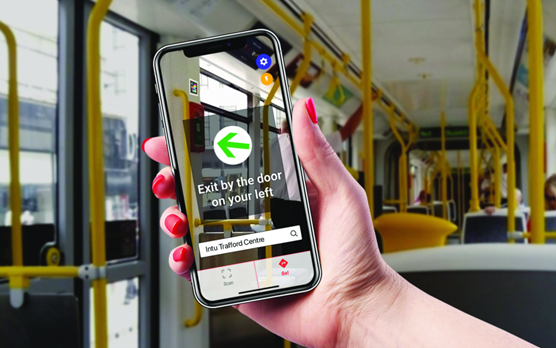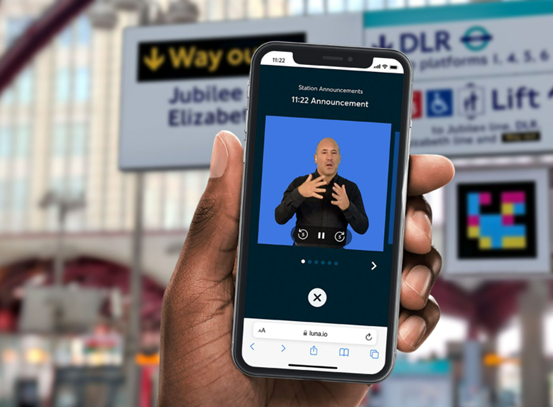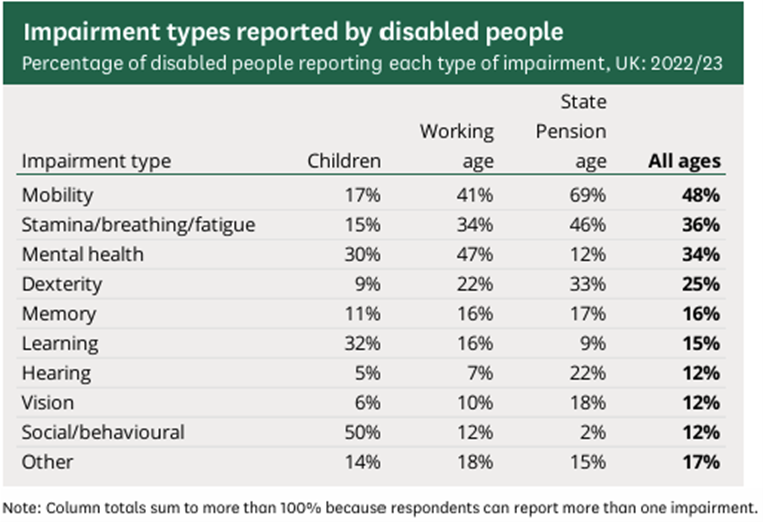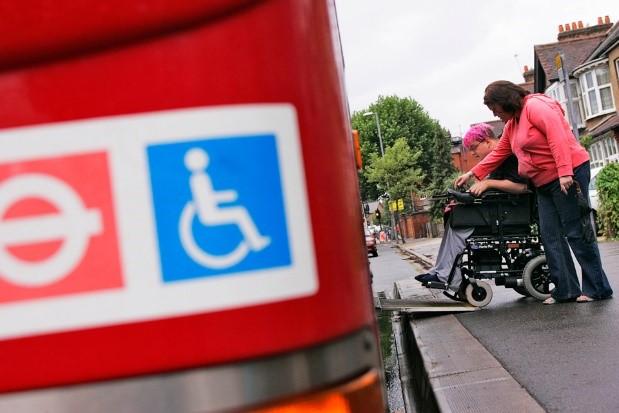
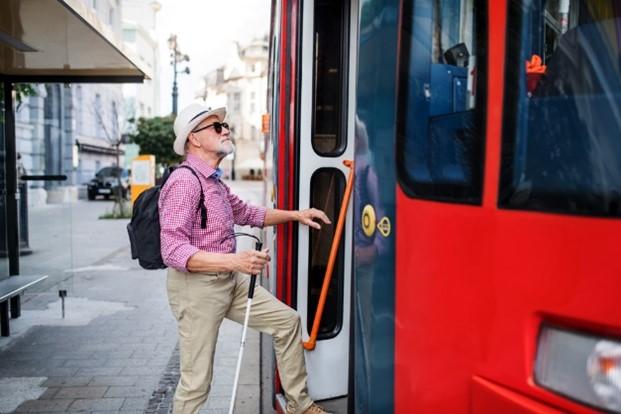
What is the problem to be solved?
As the UK Government tries to incentivise more sustainable transportation choices, making public transportation a more attractive alternative to the use of private road vehicles (principally cars) will involve the removal of both perceived and actual barriers to adoption.
Legislation has seen near-universal provision for some categories of disabled users, particularly those relying on wheeled mobility support. However, human support for the use of these facilities (e.g. train to platform ramps) has been less consistent, with damaging reports of stranded passengers appearing in the national press. For those with less legislated disabilities, including people with visually impairments, hearing loss and those with mental health conditions or disabilities resulting in low confidence, public transport can be difficult to use.
Private vehicle users prefer their own space and the convenience of setting off on impulse and not needing to plan around public service timetables. Concerns for personal safety and the impact of adverse weather on comfort are also likely to incentivise personal choice towards a private vehicle.
What is the solution to the problem?
Hearing loops and a recent Bluetooth derivative called Auracast, provide the means to broadcast voice messages to people with hearing impairments, however these services rely on hardware being installed and a close proximity to the transmitter for a user to benefit.
There are various mobile phone Apps which have wider benefits and a role to play with functionality to help aid able bodied and disabled passengers to travel, providing good availability of support services.
Commercial model (Business Case)
In 2022/23 an estimated 16 million people in the UK had a disability (24% population) and were claiming benefits. 48% of those were mobility, 34% mental health, 12% hearing and 12% sight impairments (DWP 2022/23).
In the UK the RNID estimate there are 1.2 million adults who have hearing loss severe enough that they would not be able to hear most conversational speech. Over 2 million people are living with sight loss, of these, around 340,000 are registered as blind or partially sighted (RNIB).
25% of disabled people cite negative attitudes from other passengers or poorly trained staff which prevent them from using public transport, a study from the charity SCOPE found.
Benefits
Guidance and advisory Apps will help vulnerable and disabled (including deaf and partially sighted) people navigate public transport stations and vehicles. This will enable many more people to travel and engage with public transport, reducing the need for supported travel and reducing individual’s isolation.
Lessons Learnt
On the surface some of the solutions look great but they might not work long term or aren’t fully supported by NGO’s championing certain accessibility groups such as the RNID and RNIB.
Make sure that the digital interface is fully accessible and have this tested with users as well. Intuitive and easy to use mobile App interfaces are the key to success and adoption. Just implementing sign language support doesn’t make your website or App accessible. It needs to support screen reader functionality, right colour / contrast, ability to zoom in and out etc. This can be tested from a technical point of view but also still needs to work from a user perspective, therefore both should be tested.
If you’re ready to embark on a connectivity project, we can point you to the suppliers with expertise in your sector.

